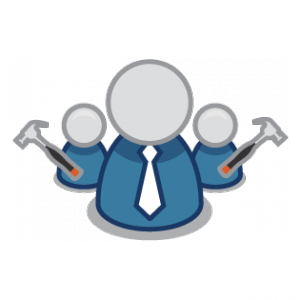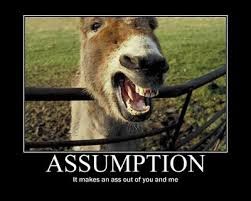What is Product Engineering?
Product engineering is known as the process to develop or design, system or a device such that the product is treated as an item for sale or to be used by various people. When a product is being developed, there is a lot of work and technology involved in the development process. This overall process is called as product engineering. Product engineering is usually called as an activity dealing with issues of cost, reproducibility, quality, performance, reliability, serviceability and user features. If the process goes through a proper creative way the outcome is awesome.
The term product engineering is; developing the concept and the design of the product and development of its mechanical, electronics and software components. For example: developing a smartphone. Now-a-days smartphones are very popular in the market and a lot of new and old companies in the way of competition, give away better product feature to customers. A product like smartphone includes a set of different features like designing the body, it’s hardware components, packaging it in a small space, developing the electronics that controls the various components and lastly developing the software which will operate all the features of smartphone known as the Operating System.
Here are some skills taken care for product engineering process
– Product statistical methods and tools
– Hi-tech manufacturing process
– Product reliability and user research
– Computer-aided design and simulation programs
– Strong knowledge product platform which the product will use
– Strong analytic work methodology and problem solving skills
In software industry, the term Product Engineering is used as development process of a software or an application. From making of prototype to final release of the application process, it is called as product engineering of the application.
Product engineering of an application. Points that everyone should follow:
– Prototyping of the complete application. (Visual Concept)
– Structural designing or User Interface designing.
– UI or Front end development. (What browser or compiler will read?)
– Backed or functional development. (Through which user will carry out work.)
– End user testing and bug fixing.
– Final product delivery.
This depicts the entire process for a successful web, desktop or mobile app.
What is user experience?
User experience is combination of two words, “user” and “experience”. The experience of a user towards a product or an application is called as User Experience. UX or User Experience in other term can be explained as the emotion of a user when he/she uses it. It may be good or bad. The good experience of user towards a product plays a vital role in the product’s success.
Let me give you a simple example. “One day at night you came to know that you have to reach office early in the morning at 7AM the next day to attend a meeting. For that you set your alarm at 6AM and go to bed. When you wake up in the morning and see that it is already 6.30 AM and the alarm hasn’t rung. You found that, the alarm is off due to battery drain out. You rush to the coffee vending machine for a cup of coffee but only to find out that there is no coffee. You could trace out that the machine is not connected to the power source. In the process you have already lost some time.
Then you get ready for office in 10 mins. While going to office by your car you face a lot of traffic for some unexpected reason. Then you notice that you are running out of fuel. So, you have to drive to a nearby petrol pump only to find out that the petrol pump does not have a card swipe machine. You rush to a nearby ATM and withdraw money. Finally, after fighting out so many obstacles, you reach office only to find out that the lift you use to take daily to reach to 5th floor does not work. Then you are forced to take the stairs and when you reach you find that the meeting is over and your colleagues have started work.
If everything would have fallen in place, you would have never missed the meeting.
The software or system that misguides you and does not help you achieve your goal is an example of bad user experience. Example – Google mail is most popular web application than other mail client for its good user experience. I personally like Google+ than Facebook because of its user friendly features and faster response. Looks doesn’t matter in the process of user experience. Please look at the two images which is called Donald Norman (design and usability engineer) Coffee Mug.
User experience has a vital role in software product engineering. Deep user research is key to success for better user experience. Taxi for Sure – A Driver app developed by a start-up company in Bangalore is a very famous app for taxi drivers. People use it for daily for hiring taxis. This free mobile app is very popular due to its user experience.
Key concept for better user experience.
– Deep user research. Feel the user motion
– Minimal and clean design of application
– Less page loading time
– Quick navigation through the functionalities
– Readable typography
– Minimum page refresh
– Avoid long loading graphics
– Graphical representation of functionality, by which user can understand the function easily without reading long text description.
– End user testing with exact devices.
Happy Designing 🙂












